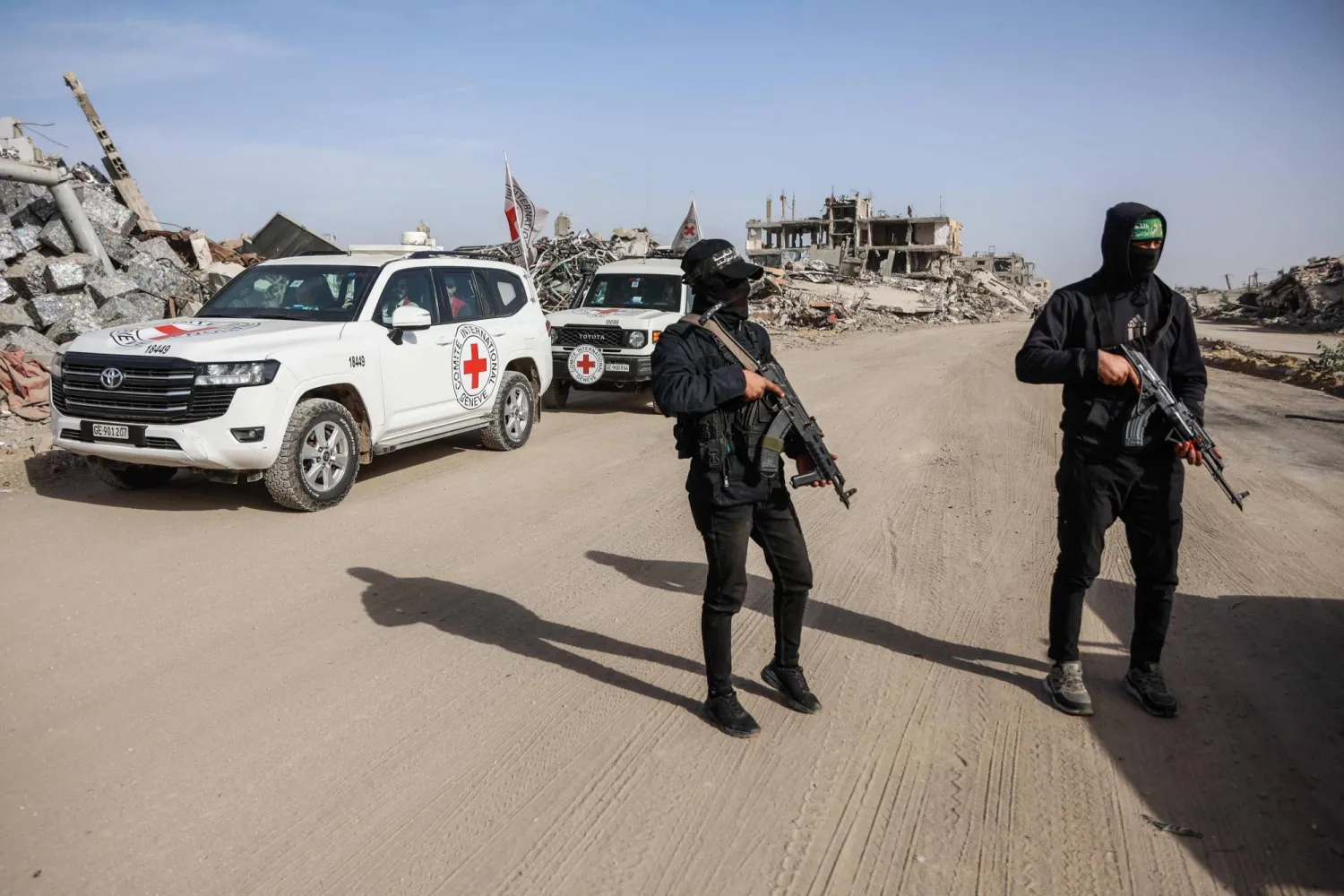A report by Israeli settlement watchdogs says settlers have used grazing to seize control of 14 percent of the occupied West Bank through the establishment of shepherding outposts in recent years.
In their report, "The Bad Samaritan", Israeli NGOs Peace Now and Kerem Navot said that in the past three years, 70 percent of all land seized by settlers was "taken under the guise of grazing activities".
Settlers in the West Bank, which Israel has occupied since 1967, use herding to establish a presence on agricultural lands used by Palestinian communities and gradually deny them access to these areas, according to the report.
To force Palestinians out, settlers resort to harassment, intimidation and violence, "with the backing of the Israeli government and military", the watchdogs said.
"Israeli authorities make living conditions very difficult, but settler violence is really the main trigger why people leave lately -- they have nothing to protect themselves", said Allegra Pacheco, director of the West Bank Protection Consortium, a group of international NGOs.
"People get very worried about their families and their safety", and have no recourse when settlers start occupying their lands, she told AFP.
Excluding Israeli-annexed east Jerusalem, the West Bank is home to around 490,000 Israelis living in settlements and outposts considered illegal under international law.
Around three million Palestinians live in the West Bank.
On Friday, the UN's Office for the Coordination of Humanitarian Affairs (OCHA) said that "Israeli settlers injured 23 Palestinians in one week, mainly in Bedouin and herding communities".
That same week, between March 11 and 17, "two Palestinian families were displaced, and at least two houses, eight vehicles and 180 Palestinian-owned trees and saplings were vandalized" in incidents involving settlers.
More than 60 entire Palestinian shepherding communities throughout the West Bank have been expelled using such methods since 2022, the report added.
These communities are overwhelmingly in the West Bank's Area C, which under the Oslo Accords signed in the 1990s falls under full Israeli control.
In recent months, several Israeli far-right politicians including some in Israeli Prime Minister Benjamin Netanyahu's government have suggested taking advantage of the friendly US administration under President Donald Trump to annex part or all of the West Bank in 2025.
"The systematic and violent displacement of Palestinians from hundreds of thousands of dunam of land in recent years has undoubtedly laid the groundwork to facilitate such ambitions", the new report said of annexation, using a traditional measure of land area equivalent to 1,000 square meters.









